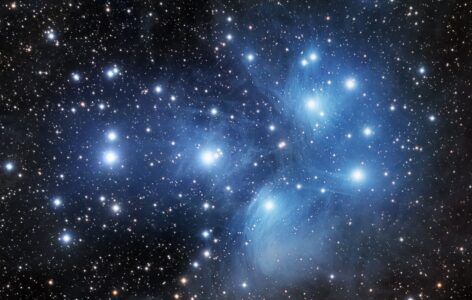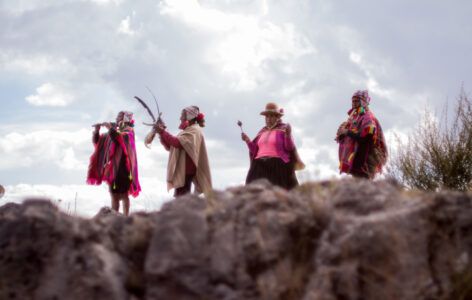In the Andean spiritual worldview, life is not something we possess—it is something we participate in, and that is kawsay, living energy. But kawsay is far more than biological life. It is the animating force behind all beings—humans, animals, mountains, rivers, stars, and even the wind.

To walk the Andean path is to become aware of this sacred energy moving through all things. Kawsay is the thread that links the three worlds: Uku Pacha (the inner/underworld), Kay Pacha (the present world), and Hanaq Pacha (the upper/spiritual realm). When we are disconnected from this flow, we experience imbalance, illness, and suffering—not just personally, but collectively.
The World Is Alive
The Western worldview often separates spirit from matter, seeing nature as a resource rather than a relative. But in Andean cosmology, everything is alive and filled with kawsay. A rock is not “just” a rock—it may be an apu, a spirit of the mountain. A river is not a body of water—it is Yaku Mama, a living mother who remembers.
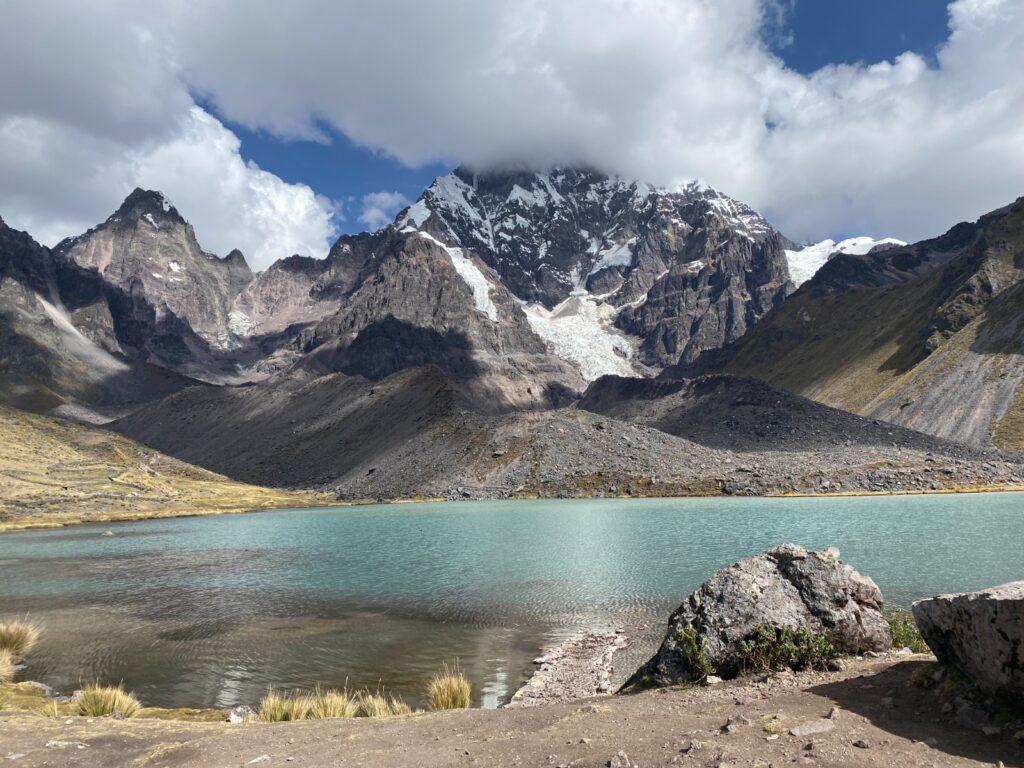
This is not poetry; it is cosmic reality.
As Incan scholar Juan Nuñez del Prado explains, “In the Andean tradition, energy is the first reality. Everything is energy, and all energy is sacred” (Nuñez del Prado, 2013).
Feeling the Flow of Kawsay
When we slow down and connect through breath, ritual, and presence, we can begin to feel the movement of kawsay in our lives. Practices such as saminchakuy (the act of receiving refined energy) and hucha mikuy (the act of transforming heavy energy) are techniques passed down by paqos, the Andean energy masters.
They remind us that energy is not inherently good or bad—it’s either sami (light, harmonious) or hucha (heavy, stagnant). Our role is to move and transform this energy with awareness and respect.

Living in Ayni with Kawsay
Central to all Andean relationships is the concept of ayni, or sacred reciprocity. To live in ayni with kawsay means to honor the livingness of the world. When we plant a seed, we offer pago a la tierra (a ceremonial offering to Pachamama). When we climb a mountain, we greet the apu and ask permission. This is not superstition—it is reverence.
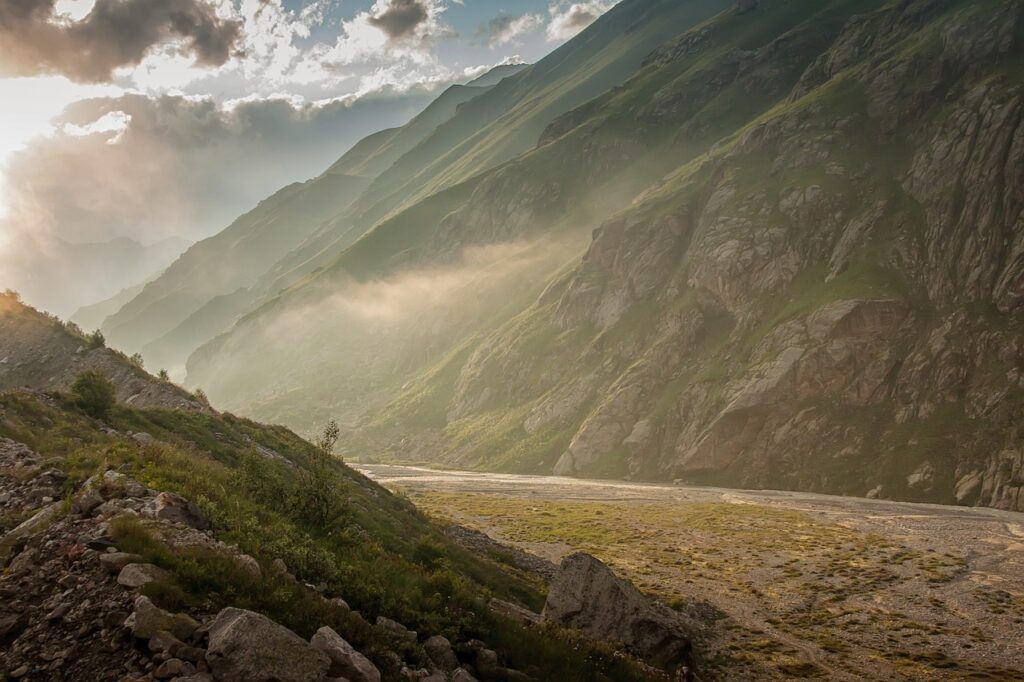
As anthropologist Marisol de la Cadena observes, Indigenous ontologies challenge Western categories by showing us that mountains can be persons and persons can be places (de la Cadena, 2015). To live in ayni with kawsay is to undo colonial habits of control and restore our place in the great web of life.
Kawsay as Teacher and Guide
In the modern world, it is easy to forget that we are beings of energy. Our disconnection from the Earth, from silence, from cycles of death and renewal, creates a kind of soul-amnesia. But the Andean path offers a way back—a remembering that we are not separate from nature, but part of her dreaming.
Kawsay is not just what animates us; it is what awakens us.
When we learn to listen—to rivers, to wind, to stones—we are not being primitive. We are becoming whole again.
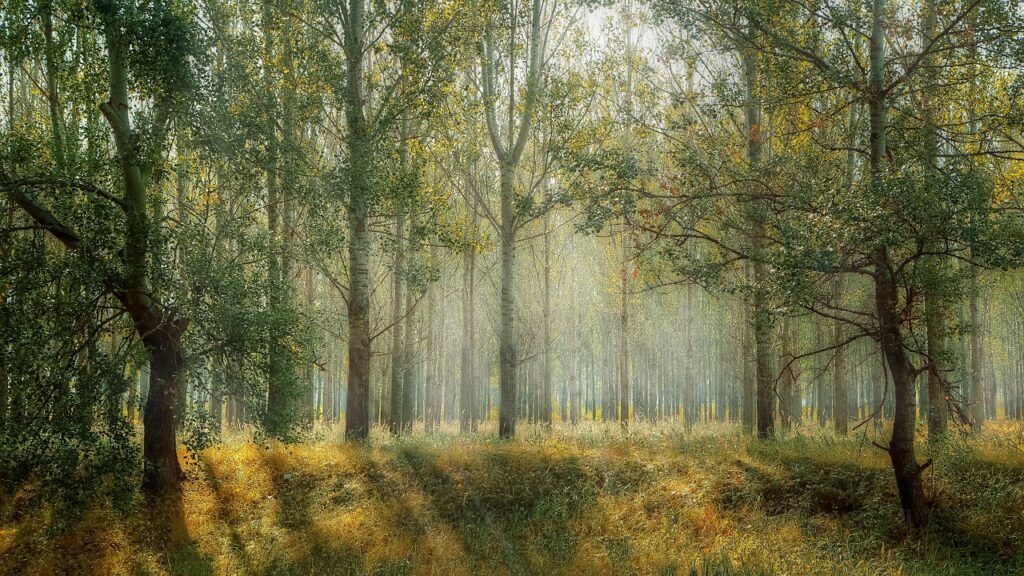
Bibliography
- Nuñez del Prado, J. (2013). The Andean Cosmovision. Four Winds Society.
- De la Cadena, M. (2015). Earth Beings: Ecologies of Practice across Andean Worlds. Duke University Press.
- Rengifo, G. (2011). Sabiduría Andina. Lima: Universidad Ricardo Palma.
- Apffel-Marglin, F. (2012). Subversive Spiritualities: How Rituals Enact the World. Oxford University Press.

